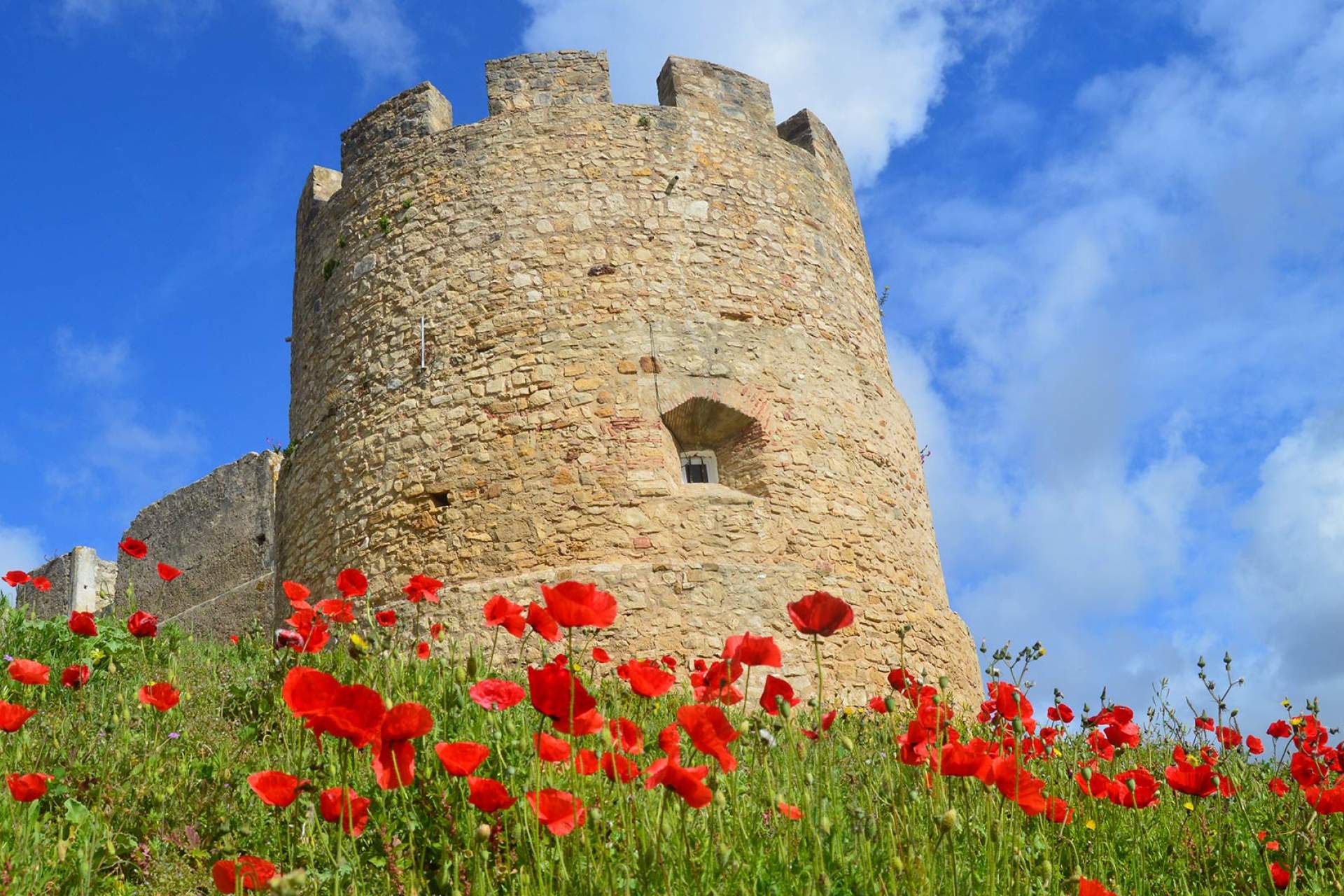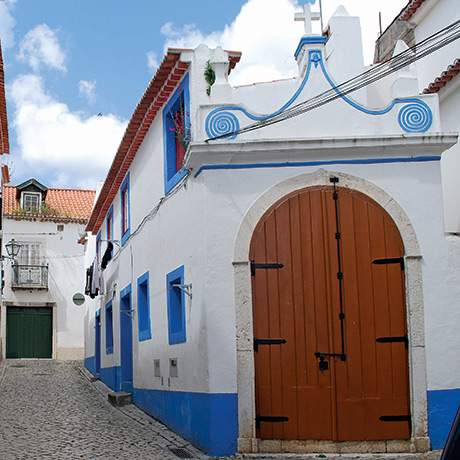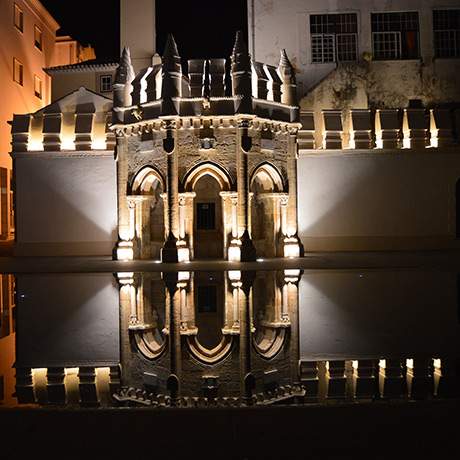
Torres Vedras
The existence of Jews in Torres Vedras is from the Christian conquest period or even earlier. In the mid-13th century there was already an important community that flourished over the next two centuries.
The existence of a neighbourhood itself, developing around the synagogue, is suggested in 1322, with the first reference to the Jewish quarter (in the current Celeiros de Santa Maria Street). In 1381, 25 Jewish families lived in the village. The growth of the community, over the next decades, led to the request for a Jewry door in 1469. Near the Jewish quarter limits, you can see the Interpretation Centre of the Jewish Community of Torres Vedras.
In the village, members of the Jewish community dedicated to mechanical crafts, trade or finance, on the outskirts, large landowners, tenants.
Its members include some families, like the Guedelha, of high status and with links to Court. The two chief rabbis of D. Dinis (1279-1325), D. Judah Guedelha and his son D. Guedelha ben Judah born in Torres Vedras, remained in office during part of the reign of D. Afonso IV (1291-1357).
In the turn of the 14th century and 15th century, the copyist Joseph ben Guedelha Franco placed Torres Vedras in the important national movement of Hebrew manuscript books. The following manuscripts were copied here: Malmad haTalmidim, by Jacob ben Abba Mari Anatoli (c. 1194-1256), copied by José ben Rabi Gedelha Franco in 1398, El libro conplido en los iudicios de las estrellas, by Ali ben Ragel (1016-1062), also copied by José ben Rabi Gedelha Franco in 1411, and De Magika, by João Gil de Burgos, copied in the first half of the 15th century.
Close
Search results for:
No results were found matching your search.
Information available soon.




